Yes, transmission problems can trigger the Check Engine Light. Various issues such as solenoid faults, speed sensor errors, or transmission slippage can cause this.
Understanding vehicle maintenance can be daunting, especially when the Check Engine Light illuminates on your dashboard. While this light could indicate a plethora of issues, one potential culprit behind it is transmission trouble. Transmissions play a critical role in managing the power from your engine to your wheels, ensuring smooth gear shifts and reliable performance.
Any malfunction in this essential system can prompt your vehicle’s computer to alert you via the Check Engine Light. Timely diagnostics can prevent further damage and costly repairs, so it’s imperative for vehicle owners to heed this warning and seek professional assessment to maintain optimal vehicular health and safety on the road.
Signs Of Transmission Problems
Understanding the behavior of your car can often save you from unexpected breakdowns and costly repairs. One component that requires keen attention is your vehicle’s transmission. A healthy transmission ensures smooth driving, but when issues arise, they can manifest through various signs before a check engine light alerts you to a problem. Identifying these signs early can be the key to maintaining your vehicle’s performance and longevity. In this section, let’s delve into the signs of transmission problems that you should keep an eye on.
Strange Noises
Clunky Shifting
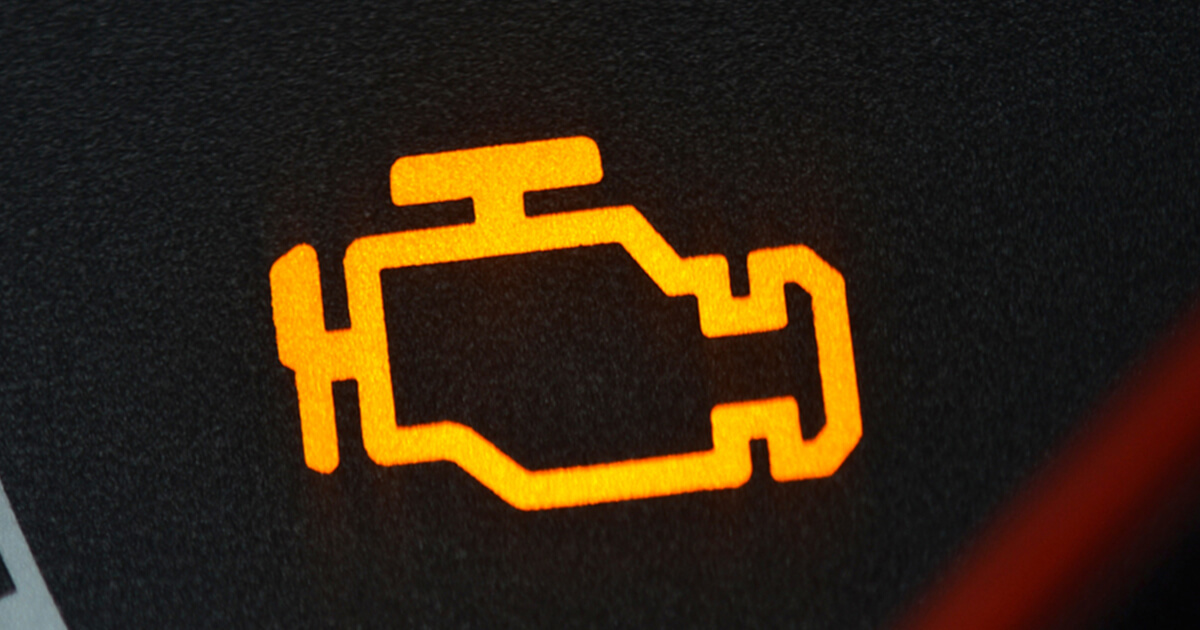
Credit: www.mobil.com
Check Engine Light And Transmission
Transmission issues can indeed trigger a vehicle’s check engine light. This often occurs when the system detects malfunctions such as sensor errors or gear slippage, prompting the engine management system to illuminate the warning light to alert the driver.
Relationship between Transmission Issues and the Check Engine Light
Relationship Between Transmission Issues And The Check Engine Light
- Transmission Solenoid Problems: Any dysfunction in the solenoid can result in incorrect fluid levels, pressures, and flow, illuminating the CEL.
- Transmission Speed Sensor Failure: Without accurate speed readings, shifting anomalies could occur, alerting your system through the CEL.
- Gear Slippage or Irregular Shifting: The ECU picks up these performance issues, instantly turning on the CEL as a preventive caution.
| Error Code Range | Possible Transmission Issue |
|---|---|
| P0700-P0799 | Transmission Control System Malfunctions |
| P0800-P0899 | Transmission Shifting Malfunctions |
| P1700-P1799 | Transmission Component Failures |
Misdiagnosed Transmission Problems
Transmission issues may not always illuminate the Check Engine Light, but many faults can trigger it. Erroneous readings from sensors or transmission malfunctions are among the culprits that prompt this warning signal.
Introduction on Misdiagnosed Transmission Problems
H3 Heading: Common Systems Mistaken for Transmission Issues
Common Systems Mistaken For Transmission Issues
It is not uncommon for different car systems to exhibit symptoms that mimic transmission faults, leading to an incorrect diagnosis. Here are several typical examples:
- Faulty Spark Plugs: Engine misfires due to faulty spark plugs can imitate transmission issues.
- Malfunctioning Sensors: A defective engine speed sensor might recreate transmission slip signs.
- Worn Engine Mounts: Worn engine mounts can cause vibrations mistaken for transmission problems.
Owners may misinterpret these signs and assume their transmission is at fault, potentially leading to unnecessary and expensive repairs. Accurate diagnosis is essential to address the real underlying issues.
It’s vital to consult a trusted mechanic who can properly diagnose the issue before jumping to conclusions about the transmission. Regular maintenance and prompt attention to any unusual car behavior can help avoid these misdiagnosed scenarios and ensure the longevity of the vehicle’s various systems.
Diagnostic Transmission Error Codes
Transmission issues often lead to specific error codes and can illuminate the Check Engine Light, alerting drivers to potential problems. Diagnostic transmission error codes help pinpoint faults, ensuring timely maintenance and avoiding more severe damage.
Understanding Check Engine Light’s Diagnostic Codes
These codes can be read with an OBD-II (On-Board Diagnostics) scanner, a specialized tool that plugs into a port typically found underneath the vehicle’s dashboard. Once the scanner is connected, it retrieves the DTCs that the ECM has recorded. These codes follow a standardized format and can indicate problems ranging from a loose gas cap to serious engine and transmission issues.
- P0700 – Transmission Control System Malfunction
- P0715 – Input/Turbine Speed Sensor Circuit Malfunction
- P0720 – Output Speed Sensor Circuit Malfunction
- …and many others.
Each code brings with it a specific set of symptoms and potential fixes, which allow technicians to diagnose and repair problems with greater accuracy and speed.
To give a clearer sense of the importance of these codes, here’s a simplified breakdown in a table format:
| Transmission Error Code | Possible Causes | Potential Solutions |
|---|---|---|
| P0700 | General Transmission Control System Malfunction | Requires additional codes for precise diagnostics |
| P0715 | Input/Turbine Speed Sensor Malfunction | Check wiring and sensor, replace if necessary |
| P0720 | Output Speed Sensor Malfunction | Diagnose sensor and related circuits, replace faulty parts |
Potential Transmission Issues
Transmission issues may indeed prompt the check engine light to illuminate. This warning light can signal various malfunctions, including transmission glitches such as sensor failures or shifting problems.
Problems Triggering Check Engine Light
Various transmission issues can trigger your car’s check engine light. These include:
- Fluid leaks, leading to low levels or degraded transmission fluid quality.
- Slipping transmission, where the gear changes are erratic or involuntary.
- Faulty solenoids, responsible for fluid flow control within the transmission.
- Worn clutches, which may prevent the transmission from engaging effectively.
- Issues with the transmission control module, the brain behind shift timing and control.
When any of these components malfunction, the check engine light acts as an alert to take immediate action to prevent further damage.
Overheating Concerns
Overheating is a critical issue affecting transmission health. It can stem from:
| Causes | Consequences |
|---|---|
| Heavy towing or hauling beyond your vehicle’s capacity | Increased strain and heat buildup |
| Inadequate cooling, due to a faulty cooling system | Potential damage to transmission components |
| Old, dirty transmission fluid lacking proper lubrication | Friction and increased wear on transmission parts |
Frequently Asked Questions Of Will Transmission Problems Cause Check Engine Light To Come On
What Are The Signs Your Transmission Is Going Out?
Signs of a failing transmission include slipping gears, delayed shifting, fluid leaks, strange noises, and a burning smell.
What Light Comes On For Transmission Problems?
The “Check Engine” light typically signals transmission problems in a vehicle.
What Codes Will A Bad Transmission Cause?
Bad transmission codes include P0700, P0715, P0720, and P0731 to P0735. These indicate issues like sensor malfunctions and gear problems.
What Can Be Mistaken For Transmission Problems?
Issues often confused with transmission problems include low fluid levels, faulty engine mounts, engine misfires, and restricted airflow.
Conclusion
Ensuring your vehicle runs smoothly is pivotal for a safe driving experience. A lit check engine light could very well signal transmission complications. Routine checks are crucial to prevent costly repairs and maintain road safety. Remember, addressing transmission issues early can save both time and hassle.
Always consult a professional mechanic when your check engine light comes on to diagnose the root cause accurately. Keep your car in top shape to drive with peace of mind.

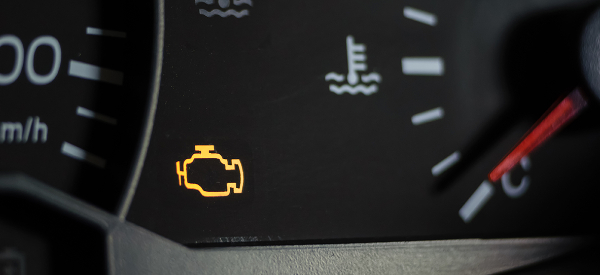
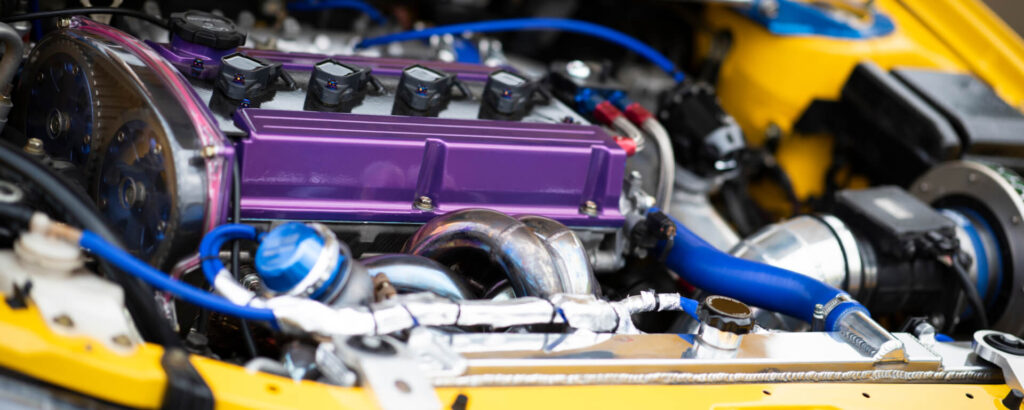
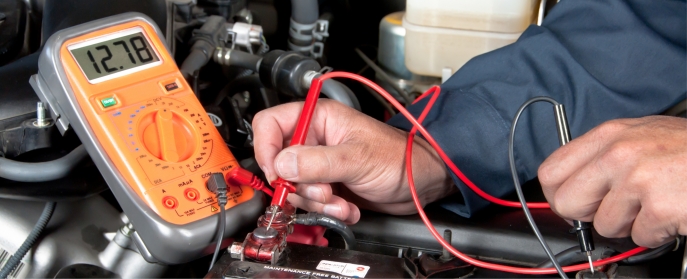
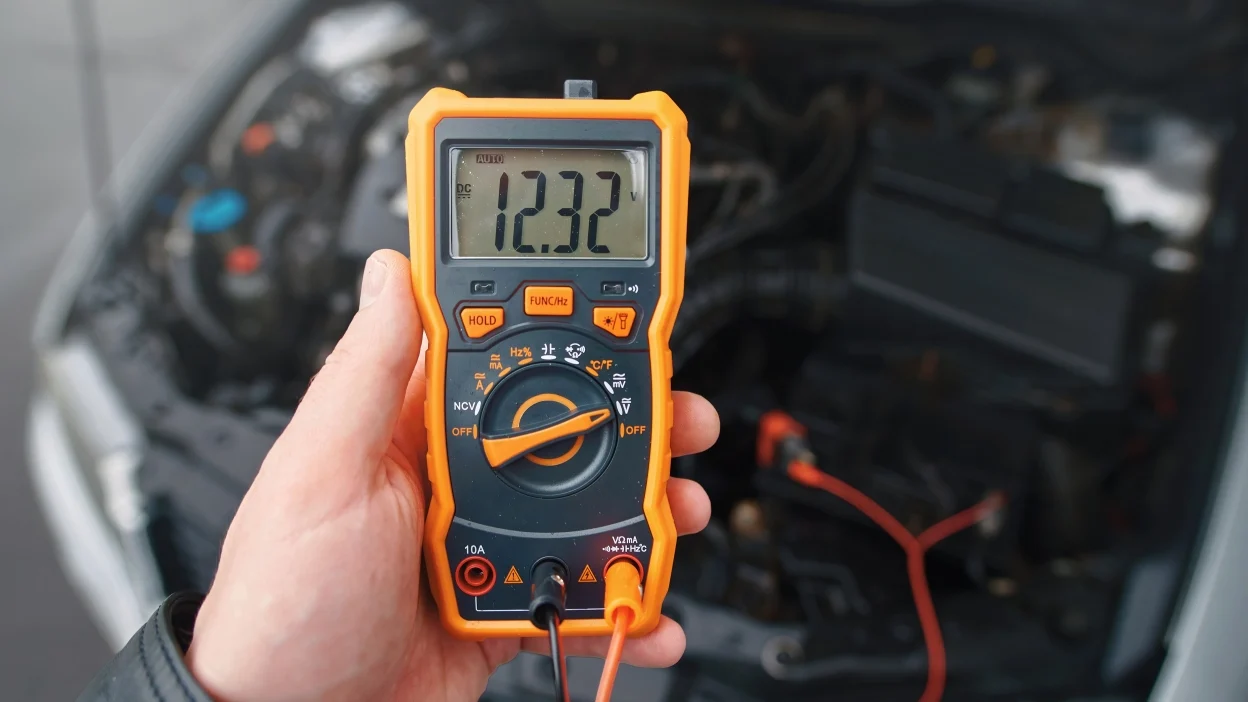
Leave a Reply